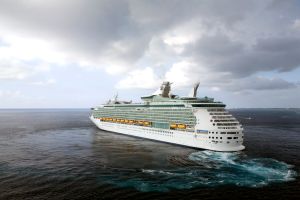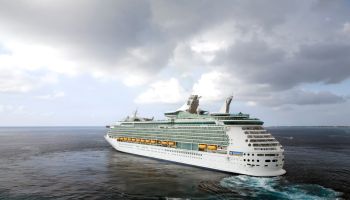After the cruise ship Sea Princess departed from Sydney and made it’s way into the Indian Ocean, the captain informed the 1,900 passengers that there was a “real” threat of a pirate attack. This “real” threat sent the ship to go dark for 10-days once the sun started going down.
Going dark mean no lights that would indicate that there was a out there. “No deck parties, no movies under the stars, no late-night outdoor bar hopping or pool dipping,” wrote a cruise passenger Carolyne Jasinski. “No lights, no party atmosphere, no lapping up tropical breezes on their balconies. All around the ship, as the sun set, all curtains were drawn and all shutters closed. Bright lights, which normally signal the presence of the Sea Princess on the ocean, were dimmed turned off altogether.”
People were outraged, but it was something listed in the contract when they purchased their ticket. It was in a section labeled “Notice concerning safety and security,” and the contract specifically mentioned no lights too.
The contract also says, “The United States Department of State and other similar government agencies regularly issue adverse and warnings to travelers giving details of local conditions in specified cities and countries according to such agency’s perception of risks to travelers. Carrier strongly recommends that Guests and their travel agents obtain ad consider such information when making travel decisions.”
The price for a ticket was a little under $40,000 American dollars and it’s for a 104-days luxury around the world cruise.
Via:miamiherald















